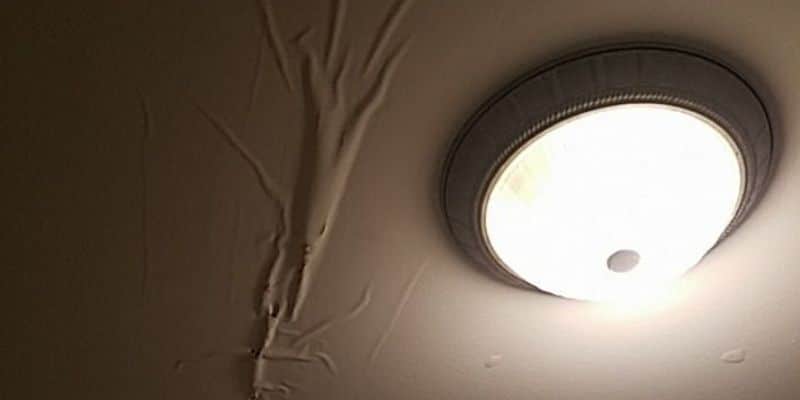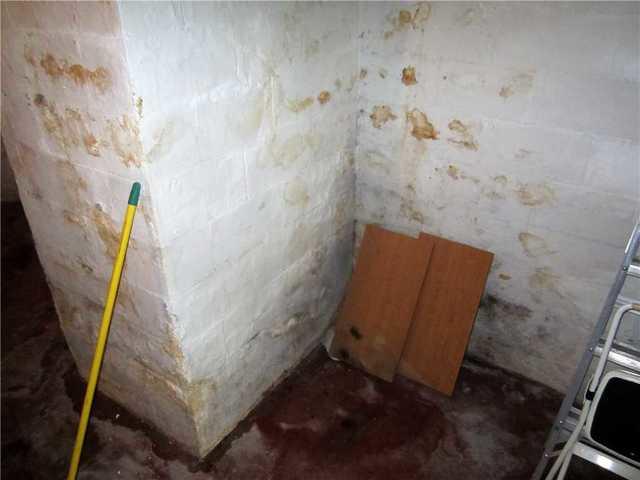This post below about How to Remove Water Stains from Walls and Ceilings is especially motivating. Read on and draw your own findings.

Water discolorations on walls are not positive to the eyes. Occasionally it seems nearly inevitable to experience water stains on walls in residences.
House owners living in damp areas regularly deal with the concern of water spots on walls. With well-rounded and also exact details on the reasons of water spots as well as timely repair work processes, you will always be an action ahead of such occurrences.
3 Common Causes of Water Stains on Wall Surfaces
As opposed to popular belief, water stains on walls do not constantly come from inadequate structure products. There are a number of reasons for water stains on walls. These consist of:
Poor Water drainage
This will certainly stop water from seeping right into the walls. This links to too much wetness that you see on the walls of your structure.
The leading reason of wet wall surfaces, in this case, can be an inadequate drain system. It can also result from bad management of sewer pipes that run through the structure.
Damp
When warm moist air meets dry cold air, it triggers water droplets to base on the walls of structures. This occurs in bathroom and kitchens when there is vapor from cooking or showers. The water beads can stain the bordering walls in these parts of your home and also spread to various other areas.
Moist or condensation influences the roofing system as well as walls of buildings. This creates them to show up darker than other locations of the home. When the wall surface is wet, it creates an appropriate environment for the development of fungi and microorganisms. These might have unfavorable results on health, such as allergic reactions and respiratory system problems.
Pipe Leaks
Most houses have a network of water pipelines within the walls. It constantly enhances the feasibility of such pipelines, as there is little oxygen within the walls.
A drawback to this is that water leak affects the wall surfaces of the building as well as creates extensive damages. An indication of malfunctioning pipes is the appearance of a water tarnish on the wall.
Water Spots on Wall Surface: Repair Tips
When dealing with water spots, homeowners would normally desire a quick repair. They would certainly quickly realize this is detrimental as the water discolorations recur. Below are a few valuable ideas that will certainly assist you in the fixing of water spots on walls:
Pro Pointer
A houseplant in your house additionally raises its moisture. So, if your home is already humid, you may want to introduce houseplants with minimal transpiration. An instance of ideal houseplants is succulents.
Verdict
Although no person intends to have water discolorations on walls in their house, it can occur to the best people. This post provides you take advantage of, as you now know exactly how to handle this problem if it does happen.
It is always best to hire expert services to aid repair the damages in your house.
In some cases it seems virtually inescapable to experience water stains on wall surfaces in homes.
In contrast to popular idea, water spots on walls do not constantly stem from poor structure materials. There are numerous causes of water discolorations on walls. The water beads can discolor the surrounding wall surfaces in these parts of your residence as well as spread to other locations.
Here are a couple of helpful pointers that will assist you in the repair of water stains on wall surfaces:
How to Remove Water Stains From Your Walls Without Repainting
The easy way to get water stains off walls
Water stains aren’t going to appear on tile; they need a more absorbent surface, which is why they show up on bare walls. Since your walls are probably painted, this presents a problem: How can you wash a wall without damaging it and risk needing to repait the entire room?
According to Igloo Surfaces, you should start gently and only increase the intensity of your cleaning methods if basic remedies don’t get the job done. Start with a simple solution of dish soap and warm water, at a ratio of about one to two. Use a cloth dipped in the mixture to apply the soapy water to your stain. Gently rub it in from the top down, then rinse with plain water and dry thoroughly with a hair dryer on a cool setting.
If that doesn’t work, fill a spray bottle with a mixture of vinegar, lemon juice, and baking soda. Shake it up and spray it on the stain. Leave it for about an hour, then use a damp cloth to rub it away. You may have to repeat this process a few times to get the stain all the way out, so do this when you have time for multiple hour-long soaking intervals.
How to get water stains out of wood
Maybe you have wood paneling or cabinets that are looking grody from water stains too, whether in your kitchen or bathroom. Per Better Homes and Gardens, you have a few options for removing water marks on your wooden surfaces.
You can let mayonnaise sit on your stain overnight, then wipe it away in the morning and polish your wood afterward. You can also mix equal parts vinegar and olive oil and apply to the stain with a cloth, wiping in the direction of the grain until the stain disappears. Afterward, wipe the surface down with a clean, dry cloth. Try placing an iron on a low heat setting over a cloth on top of the stain. Press it down for a few seconds and remove it to see if the stain is letting up, then try again until you’re satisfied. (Be advised that this works best for still-damp stains.) https://lifehacker.com/how-to-remove-water-stains-from-your-walls-without-repa-1849742925

Hopefully you liked our section on Water Stains on Walls. Thank you so much for taking time to browse our posting. If you please take a moment to distribute this write-up if you enjoyed reading it. We appreciate reading our article about How to Find and Repair Water Leaking in the Wall.
Book A Service